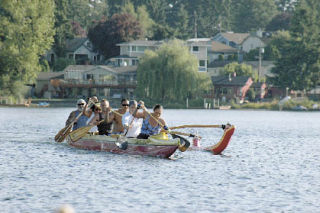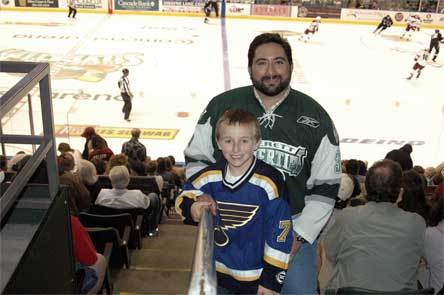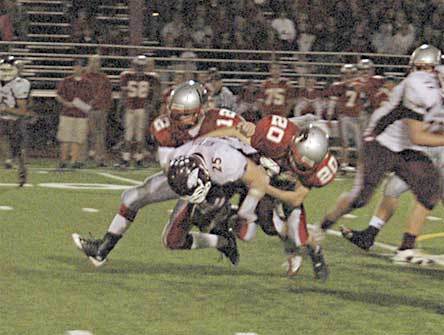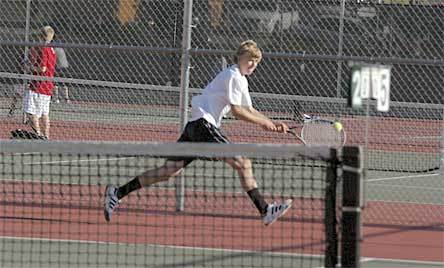MARYSVILLE — With one of the biggest Hawaiian transplant populations in the country, the Seattle area has a plethora of traditional activities to engage active types in the island culture.
But what might be more surprising is how many opportunities there are in Snohomish County to learn a little more about the Hawaiian culture.
“I just wanted to share my Hawaiian culture with others and for my family,” said hula dance instructor Malaea Rasmussen-Richardson, whose Hawaiian dance classes are now available in Marysville through the city’s parks and recreation activities offerings.
Rasmussen-Richardson was born in Oahu and moved to Lake Stevens with her family in 1999. While she teaches advanced hula classes to older youth and adults in Everett, the purpose of her classes in Marysville are to lay a foundation of knowledge about the Hawaiian culture among the young girls in her class, whether or not they are of Hawaiian heritage.
Even during practice, dancers wear flowing grass skirts and the plumeria flower in their hair. Students listen to a mixture of traditional and Western-style music learning specific arm movements that correspond to the words of the songs.
Rasmussen-Richardson also teaches Hawaiian vocabulary during the classes and in a way, it seems essential to the dance. The songs tell stories and the dancers’ movements act it out.
While many of the young students in Rasmussen-Richardson’s class have never been to Hawaii, Christina Englehardt has been encouraged to take part by her mother, Kun Sun.
“She was born in Hawaii,” Englehardt said her of daughter, who was just two months old when the family moved to Washington. “I tried to give her the Hawaiian spirit.”
But as much as girls tend to enjoy the music, skirts and dancing of the old Hawaiian storytelling tradition, it can be just as difficult to get boys interested at an early age.
“My girls take hula,” Rasmussen-Richardson said. “The boys have no interest.”
Her sons get their own taste of their family’s culture through another one of the county’s organizations.
Hui Waa O Puget Sound is a club that has opened its doors to people interested in learning the sport of outrigger canoe racing. Participants in the rowing club tend to favor a particular rowing season. For instance, Rasmussen-Richardson’s sons don’t participate in the summer season which is typically associated with long-distance rowing.
The team keeps their boats at Silver Lake in Everett, where they practice. The boats are long and narrow, long enough to seat about six or seven people and just wide enough across for each rower to sit. It quickly becomes apparent that the boats would tip easily but for the outrigger float attached to the boat that keeps it upright in the water. Each person in the boat gets one oar that is about three feet in length, and rowers’ oars go into the water every other from front to back with a leader, often the steerer, calling out a change of sides.
Synchronicity is essential to speed.
Despite the club’s Everett practice site, the club draws participants from around the county. M-P alum Trevor Levinsky got involved in the sport through his parents. A fixture on the sidelines of Marysville football games, Levinsky has found an athletic outlet of his own in canoe racing, in which he estimates he has taken part since 2004. As one of the team’s more experienced participants, he often steers or sits in the front of the boat, calling out orders and keeping paddlers in sync.
On the other hand, Arlington resident Carley Lamb just picked up the sport this summer.
“We watched a race a couple weeks ago and we just got hooked,” she said.
She and two other participants hope to put together their own team to compete next summer.
While practice times are out of date, you can find out more about Hui Waa O Puget Sound and local Hawaiian gathering spots at their Web site huiwaaopugetsound.org. Rasmussen-Richardson’s hula school Na Mea Hula O Ka Mana’o’i’o can be reached for more information about lessons at 425-530-1498.








